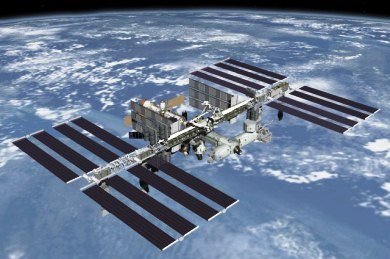Spot the Station: See the International Space Station from Home

A new service of NASA who hears the name Spot the Station notifies us when the International Space Station (ISS), the third brightest object in the sky after the Sun and the Moon passes over our house.
Interested parties can register for the service Spot the Station at NASA, established the Control Center service in Houston and receive updates every “good chance observation” of the ISS. This service calculates the viewing opportunities for 4,600 locations around the world.
Registered users will receive email a few hours before the next “good opportunity” observation station which is determined by the position of the station in the vault (must be high), the time of day (must be at night) and the duration of the visible point . Spot the Station This indicates the time of passage, the height of the station in degrees above the horizon and the direction in which one should look, while the “good deals” are estimated to occur from one to two times a week until one couple of times a month. station is easily visible shortly before sunset or before sunrise, when sunlight is reflected in solar panels and make him stand out in the dark sky.
The International Space Station (International Space Station – ISS) is a research station in orbit around the Earth, which is still in development phase.The assembly began in 1998. visible from Earth with the naked eye, the distance from the surface is between 319.6 and 346.9 km (198.6 to 215.6 miles). travels at an average speed 27,744 mph (17,240 mph), completing 15.7 revolutions per day, has a length of 109 meters and a width of 73.
Completes one orbit around the Earth in 90 minutes, moving in an orbit angle of 51.6 degrees relative to the plane of the equator. The ISS is a joint project between the space agencies NASA (U.S.), RKA (Russia), JAXA (Japan), CSA (Canada) and ESA (Europe). Visit the service spot the Station
Shortlink:

Recent Comments